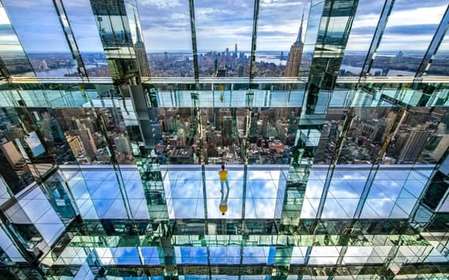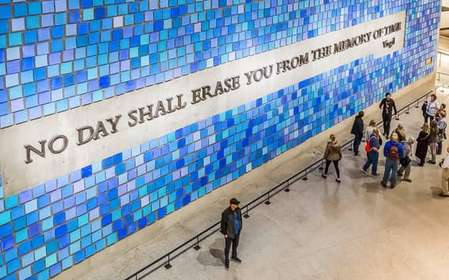- Home
- Useful Tips
- Visiting the New York Hall of...
Planning a trip to the New York Hall of Science with school-age children presents unique challenges many parents underestimate. Over 75% of visitors report spending less than two hours at this massive Queens attraction, missing key experiences their kids would love, simply because they arrive unprepared. The sprawling 100,000-square-foot space, with its 450 interactive exhibits, can overwhelm families who don't know where to focus their limited time. Parents often leave frustrated after their children burn out in crowded areas while missing age-appropriate gems hidden in less obvious galleries. Add unpredictable Queens weather affecting the outdoor Science Playground and frequent school group crowds disrupting the flow, and what should be an inspiring day becomes a stressful marathon. These missed opportunities matter deeply - studies show children retain 70% more from hands-on museum visits when experiences align with their developmental stage and interests.


Navigating Crowds Without Missing Top Exhibits
The Hall of Science's popularity with school groups creates unpredictable crowd patterns that can derail your visit. Most tour buses arrive between 10am-12pm, packing the signature exhibits like Rocket Park while leaving other areas surprisingly quiet. Savvy families use the museum's two-level layout strategically - start upstairs in the Connected Worlds digital ecosystem where school groups rarely venture first. This stunning 2,500-square-foot interactive rainforest becomes uncomfortably crowded when classes cycle through later. Time your downstairs visits for after 1:30pm when most school groups depart, giving your children breathing room at the beloved Science Playground (weather permitting) and Mathematica exhibit. Pro tip: The small but brilliant 'Seeing the Light' gallery on the upper floor consistently delights kids aged 7-12 yet sees minimal traffic even at peak times.
Age-Appropriate Exhibits Most Parents Overlook
While giant attractions like the Rocket Park draw initial excitement, several perfectly scaled exhibits for school-age children get missed in the shuffle. The hidden gem 'Pattern Palace' on the upper floor captivates 5-10 year olds with hands-on geometry puzzles, yet sits empty while crowds cluster at flashier displays. For kids fascinated by how things work, the micro-exhibit 'Toolbox' near the cafeteria offers surprising depth with its take-apart machinery stations. Second graders through middle schoolers will spend engrossed hours here if discovered. Don't overlook the small but mighty 'Science Technology Library' corner - its building challenges using KEVA planks provide a creative break from screens and buttons. These intentional quiet spaces prevent sensory overload while delivering equal educational value to their noisy counterparts.
Saving on Tickets Without Sacrificing Experience
Admission costs for a family of four can approach $100, but strategic timing and local knowledge unlock significant savings. The museum's 'Pay-What-You-Wish' hours every Friday afternoon (2-5pm September through June) offer full access at a fraction of cost, with the added benefit of lighter crowds as most visitors don't know this option exists. Queens residents qualify for 50% discounts with ID - if staying with local friends, borrow a utility bill. For those wanting morning access, purchasing tickets online three days in advance saves 10% automatically. The often-overlooked NYSCI membership pays for itself in just two visits and includes reciprocal admission to 300+ science centers nationwide - worth checking if your home city's museum participates.
Making the Most of the Outdoor Science Playground
The 60,000-square-foot outdoor Science Playground represents the Hall's crown jewel, yet weather and poor timing ruin the experience for many families. Arrive prepared with sunscreen and water shoes (the water tables operate April-October) and target the first or last hour of operation when temperatures are comfortable and crowds thin. The playground's three distinct age zones mean your 8-year-old shouldn't waste time in areas designed for toddlers. Focus older kids on the Rope Bridges and Arch Climber while younger children explore the Sand Area and Water Tables. Pro tip: The playground's 'Bubble Area' fascinates all ages but gets slippery - pack an extra shirt. When rain cancels outdoor plans, the indoor Design Lab becomes a worthy substitute with its hands-on engineering challenges perfectly scaled for elementary and middle schoolers.



